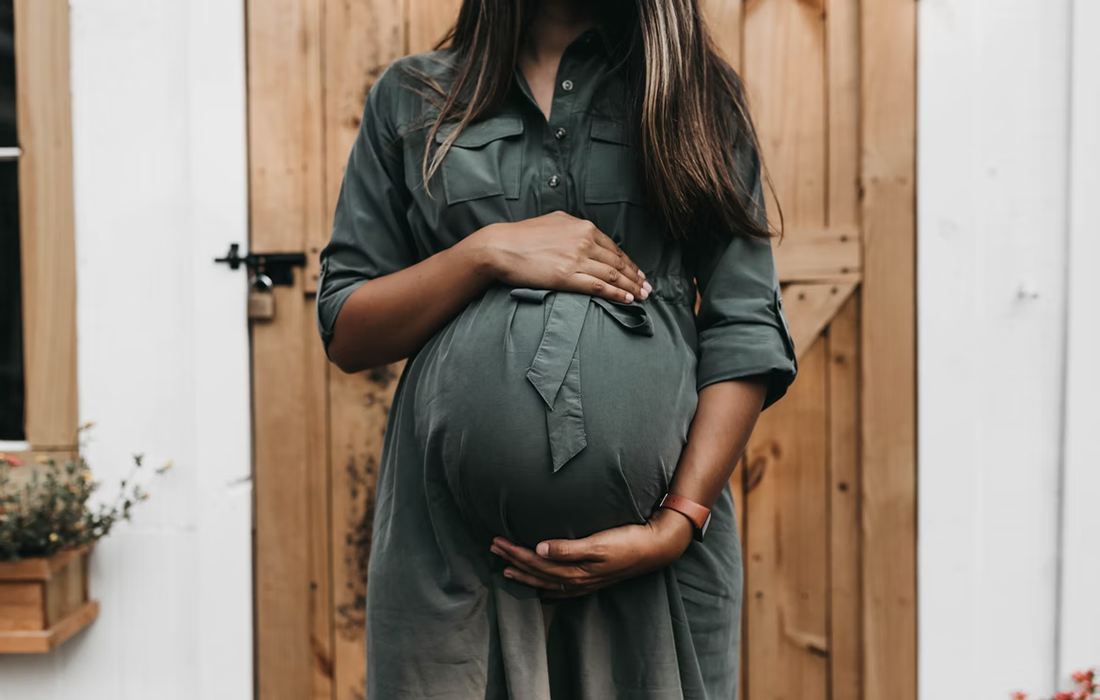Regenerative Medicine News and General Information
Researchers Were Able to Detect Autism in Babies Before Birth
Autism spectrum disorder (ASD) is a developmental disability caused by differences in the brain. Some people with ASD have a known difference, such as a genetic condition. Other causes are not yet known. Scientists believe there are multiple causes of ASD that act together to change the most common ways people develop.
Currently, there is no known cure for ASD patients, the majority of them start cognitive therapy to improve their communication skills. However, these treatments can fail with outcomes depending on the severity of the disease and the earliest possible diagnosis, which thus far is 18 months of age.
Recently, researchers from Harvard have scanned unborn fetuses to discern brain differences possibly caused by autism, giving the earliest diagnosis of the condition to date. The team used magnetic resonance imaging (MRI).
Their results from scans of unborn babies at around 25 weeks revealed differences in a brain region known as the insular lobe between children who were later diagnosed with ASD and those deemed ‘neurotypical’. The study included a total of 39 fetuses that were evaluated using MRI. A total of 9 children were later diagnosed with ASD after birth.
This region is thought to play a role in perceptual awareness, social behavior, and decision-making.
According to the team, their results suggest that an increased volume of the insular lobe may be a strong prenatal MRI biomarker that could predict the emergence of ASD later in life.
They also observed a more prominent junction between the amygdala and hippocampal in autistic participants. The results of the study results were presented at the American Association for Anatomy annual meeting.
The findings could enable an early diagnosis and treatment for children with this condition, improving their chances of improving if treated at earlier stages.
Source:
Michelle Petersen. (2022, Apr 5). Fetuses in the womb successfully screened for autism. ZME Science. Health & Medicine, Neurology. Retrieved from:
https://www.cdc.gov/ncbddd/autism/facts.html
Image from:
Photo by Camylla Battani on Unsplash

